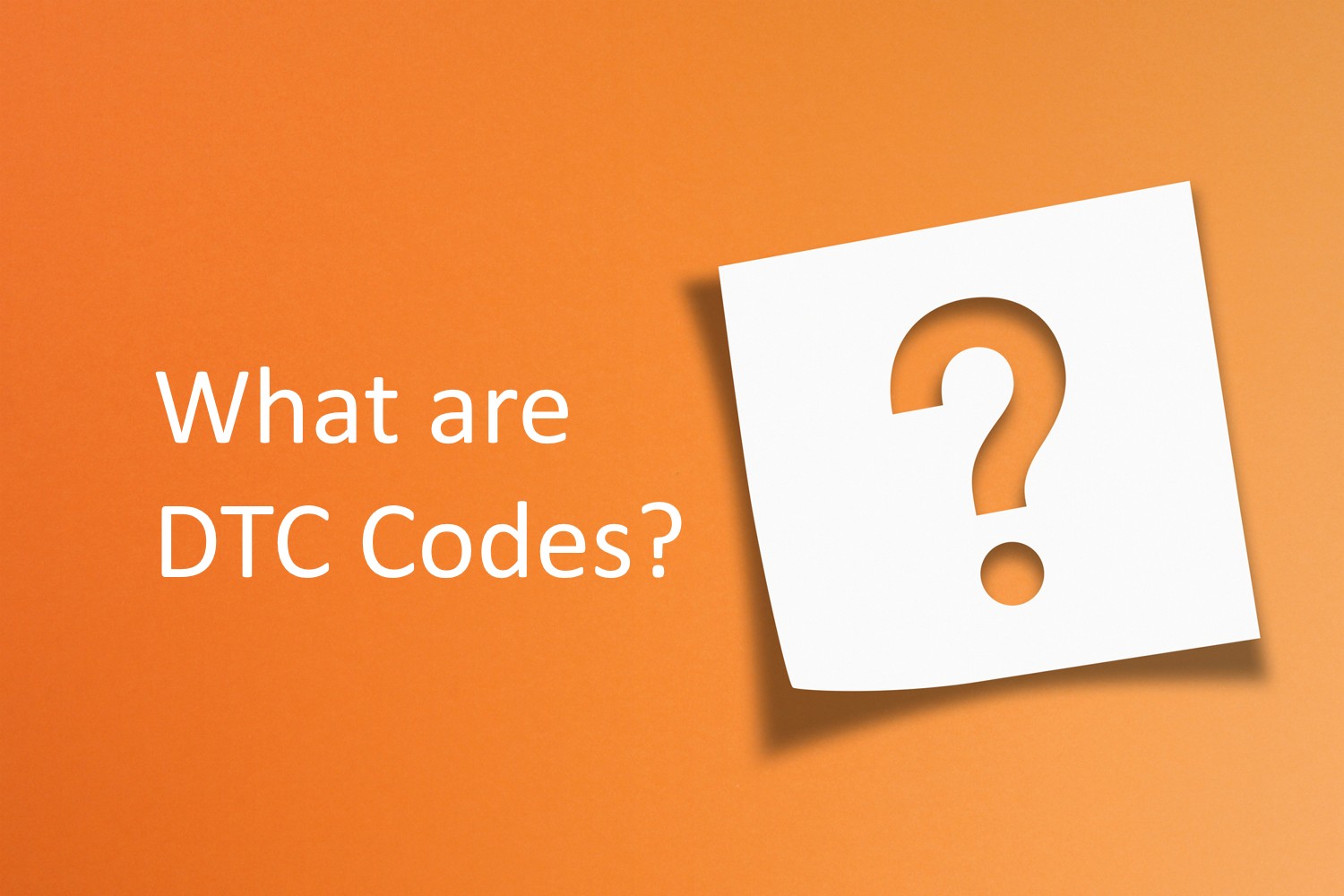When your car’s dashboard illuminates with a warning light, particularly the Check Engine Light, it’s often accompanied by a DTC. But What Is Dtc Car really referring to? DTC stands for Diagnostic Trouble Code. It’s a standardized system used by your vehicle’s onboard diagnostics (OBD) system to signal a specific issue detected within the car. Think of it as your car’s way of communicating a problem, ranging from minor glitches to significant malfunctions that could affect performance or emissions.
Let’s delve deeper into understanding what DTC car codes mean, their structure, and how they are crucial for vehicle maintenance and management.
Essentially, DTC codes, also known as fault codes, serve as pointers to the source of a problem within your vehicle’s complex systems. These codes are not arbitrary; they are systematically structured, typically consisting of five characters.
- The first character is always a letter, indicating the primary system affected. For instance, “P” denotes the powertrain (engine and transmission), “C” signifies the chassis (braking and suspension), “B” refers to the body (airbags, seatbelts), and “U” indicates network and vehicle integration.
- The second character is a digit: “0” represents a generic code, standardized across all manufacturers, while “1” means it’s a manufacturer-specific code, unique to a particular car brand.
- The third character is a number that specifies the subsystem involved. For example, within the powertrain (“P”), different numbers can pinpoint issues in the fuel and air metering system, ignition system, or auxiliary emission controls.
- The last two characters are more specific, further detailing the nature of the problem.
 DTC codes explained – Diagnostic Trouble Codes alert drivers to car problems.
DTC codes explained – Diagnostic Trouble Codes alert drivers to car problems.
DTC codes were established by the Society of Automotive Engineers (SAE) to ensure consistent vehicle emission standards. When your car’s OBD system detects a problem that could elevate emissions or affect vehicle operation, it logs the corresponding DTC code. This triggers a warning light, like the Check Engine Light, to alert the driver.
For individual car owners, understanding what is a DTC car code is the first step in diagnosing car trouble. While a code doesn’t tell you exactly what’s broken, it significantly narrows down the area of the problem, guiding mechanics to efficiently troubleshoot and repair the vehicle.
In fleet management, the value of DTC codes is amplified. Modern vehicle telematics systems can read and transmit these codes in real-time to fleet managers. Without such a system, fleet operators would have to rely on drivers reporting issues or manual vehicle inspections, which are both inefficient and prone to delays.
A vehicle tracking system equipped to monitor DTC car codes enables proactive vehicle maintenance. Fleet managers can receive instant alerts about potential problems, schedule timely maintenance, reduce vehicle downtime, and ultimately improve the fleet’s operational efficiency and return on investment. Real-time DTC car data empowers informed decisions, ensuring vehicles are running optimally and minimizing unexpected breakdowns.
By integrating DTC car monitoring with GPS vehicle tracking, businesses can significantly enhance fleet management, driver safety, and overall business reputation through reliable and efficient operations. Understanding what DTC car codes are and leveraging them effectively is therefore essential for both individual car owners and efficient fleet operations.